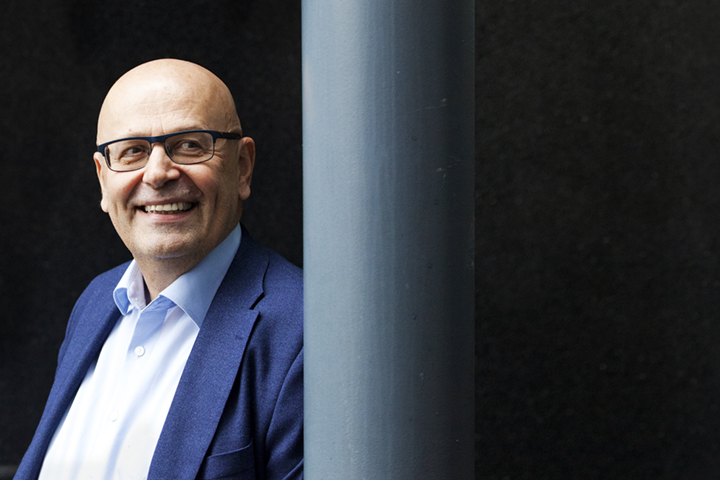Fingrid investments are currently being driven by the electricity system transformation, new industrial investments and replacement of outdated transmission capacity.
“The objective of giving up fossil energy sources and replacing them with other forms of production is steering new main grid construction and repairs. We need more transmission capacity from Sweden to Finland and from Northern Finland to Southern Finland. Coal-operated power plants will be phased out by 2028 at the latest, and they will primarily be replaced by wind and solar power,” says Fingrid’s Executive Vice President Kari Kuusela.
Olkiluoto 3 will be commissioned next year, and Fennovoima has applied for a construction permit to build the Hanhikivi 1 nuclear power plant in Pyhäjoki. Wind power in Finland will mainly be concentrated in Northern Finland due to the favourable wind conditions in that area.
“The ability to transmit more carbon dioxide-free energy along our transmission lines is one of our contributions to controlling climate change.”
The Finnish main grid ranks high in international studies
This past spring, Fingrid was one of the top performers in the ITOMS International Transmission Operations and Maintenance Study. This has also been the case in many previous years. The Council of European Energy Regulators (CEER) also compares more than 20 European TSOs with each other. This study examines the effectiveness and cost of investments over a very long-term period. Once again, Fingrid placed among the top four in terms of investment effectiveness.
“Sweden, Norway and Denmark will be making a lot more main grid investments than Finland in the next few years. The investments made by those countries will be many times greater than the roughly 100 million euros that we will be investing each year. At least in part, this is because they haven’t taken such a continuous and long-term approach to main grid investments as Fingrid,” states Kuusela.
“We implement our investment programme steadily and we stay on schedule. The quality of our processes is good and our maintenance is effective. International studies have provided positive feedback on these parts of our operations.”
We build our investment programme in cooperation with operators in the European, Nordic and Baltic regions.
Investments are managed digitally
“Fingrid is careful with every euro that it invests. A digital data bank helps us when making construction and repair decisions. It contains information about our assets and their maintenance. We’ve been using the data bank for more than 20 years, which is much longer than many other TSOs,” says Kuusela.
“Digitalisation is an integral part of modern main grid management. The Internet of Things (IoT) will revolutionise substation maintenance. We now have a pilot substation that utilises moderately priced sensor technology, and next year we’ll start using 10 similar substations. Eventually, we’ll be installing this technology in more than 100 substations, where it will collect data from the substation’s devices and forecast problem situations. These changes are a good example of the research and development work that we invest in continuously,” notes Kuusela.
Competitive bidding, partners and in-house expertise
“We use competitive bidding to select maintenance and new construction partners whose quality we can ensure in advance. We compile well-formulated procurement documents that specify exactly what we want. Competitive bidding has allowed us to implement projects at a reasonable price and according to schedule.”
Above all, Kuusela wants to highlight competent personnel as one of the factors in Fingrid’s success.
“Our staff is extremely skilled and motivated and we are constantly training our employees.”






